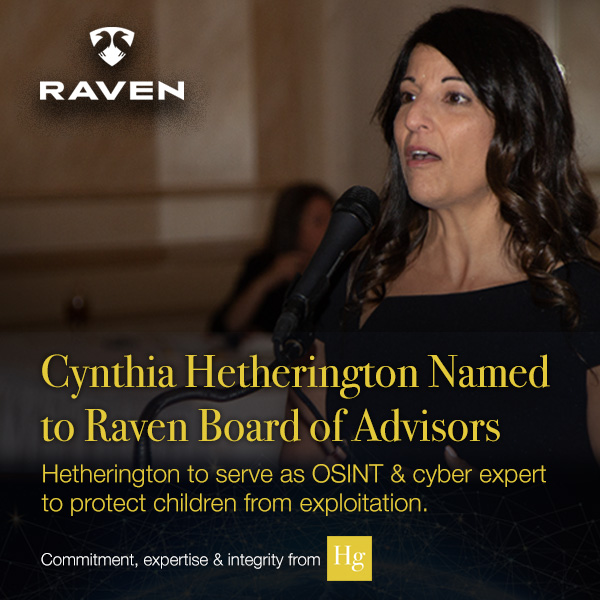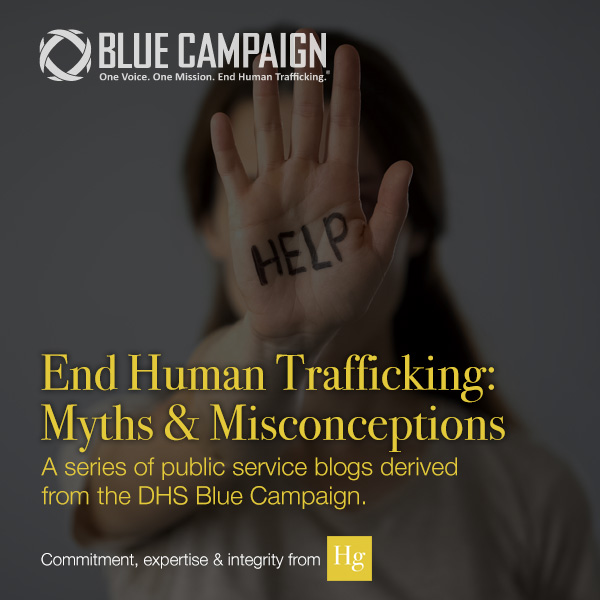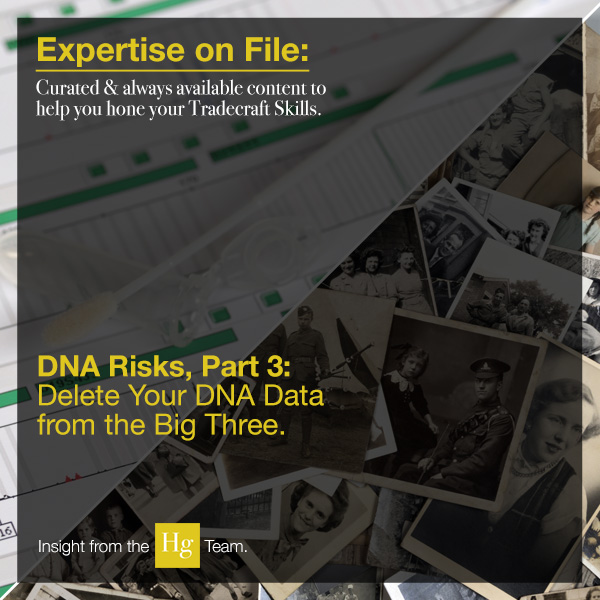by Matthew Golabek
Today’s world has people afraid, angry, and traumatized by both COVID-19 and global events. It makes our jobs as investigators difficult. Fear of offending someone or being characterized as falsely reporting something has started to affect security—in and out of uniform. If a protest group is terrorizing the neighborhood or burning down the police department, report that in your investigative findings. The greatest disservice you as an analyst can do is to sugar coat your research results to appease a traumatized client.
As an intelligence analyst, your core purpose—your calling—is to report the facts as accurately as possible. It’s difficult to monitor and report on oppressed groups protesting with real claims. Yes, their arguments may be legitimate and should be heard, however the investigator’s job is to research and inform. If you always say “Yes” to your boss and report only findings that support your boss’s argument, then you are not an analyst.
Hg’s work has involved monitoring cyber-grown protest groups (the Boogaloo movement, Antifa, Q’Anon, Proud Boys, etc.). To us, this work is no different than investigating counterfeiters, gangs, and Anonymous. Our findings are often striking: Anti-vaxxer soccer moms protesting alongside burly gun advocates.
Your job, dear analyst, is not to judge but to explain the facts as you find them. If the person reading your legitimate, well-researched report becomes upset with the well-founded results, you have successfully done your job.
In this timely blog series on predictive intelligence Hg’s Matthew Golabek discusses how to assess risks by tracking people and events through social media monitoring. This week, he focuses on Twitter.
Twitter is the social media platform often used by people to discuss a particular event either during or after it occurs. However, getting details of an event prior to its happening is always a real possibility. In order to search Twitter, locate the search bar in the top right corner of the webpage and type in a keyword to be searched. As with Facebook and Instagram, Twitter allows the user to search any key word, location, or phrase desired. In addition to keyword searches, Twitter allows the user to search for one or more hashtags. To execute a more targeted search, the user would simply insert one hashtag into the search bar. Conversely, if a user wanted to broaden a search, two different hashtags in the same search would be used—the search results will be pulled for both hashtags and not just the one.
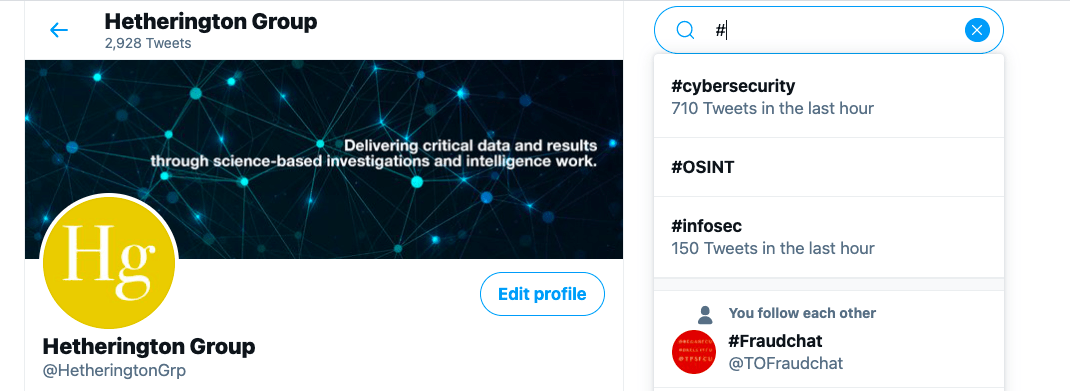
Twitter’s Trending Topics page is another useful feature for finding location-specific events. The Trending Topics page is located on the right side of the webpage under the title What’s Happening. It presents a list of topics that are currently popular throughout the world and are generating a lot of talk. For example, when the unprecedented coronavirus pandemic came into being, it was all people were talking about on Twitter globally at a specific time. With that much traffic generated on the subject, Twitter classified the coronavirus pandemic as a trending topic and listed it under the What’s Happening title. Do be aware, however, that the Trending Topics feature can be a hit or miss when it comes to locating an event because the desired event may not always be listed in Trending Topics.
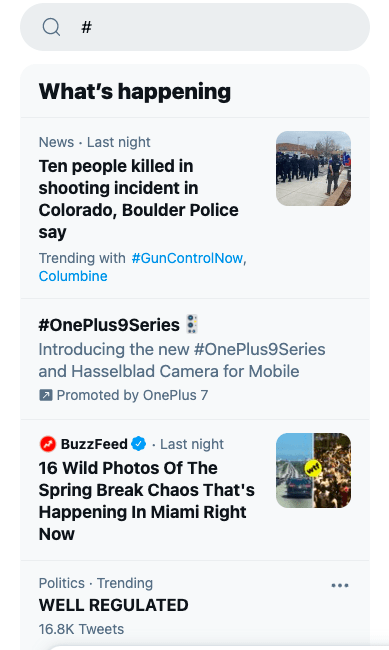
As one can conclude from reading about Twitter, there are numerous reasons why social media would be used to locate and monitor location-specific events—whether it be for a large, peaceful gathering of individuals that could have an effect on the local area, or it be for a small, violent social movement group that is planning to target someone or someone’s property.
Whatever the case may be, social media will often easily provide information and details about the situation prior to its occurring, during the event itself, as well as all discussions and conversations about the event after it has been completed.

Are you an analyst or investigator looking for advanced OSINT training on predictive intelligence and risk monitoring? If so, check out Hg’s webinar series on social media investigative training, where you can attend live sessions and receive CEUs or watch previously recorded sessions to beef up your investigative skills.
 Are you concerned about your company’s or employees’ social media imprint? Has you or your company been the target of a protest? Using proprietary software and popular current awareness vendor tools, Hetherington Group monitors over 20 million sources, sites, and Dark Web markets. As an extension of your own security and intellectual property team, our seasoned professional analysts conduct continuous monitoring for executives and company and brand names.. Learn how our team can assist you in assessing and monitoring your risks.
Are you concerned about your company’s or employees’ social media imprint? Has you or your company been the target of a protest? Using proprietary software and popular current awareness vendor tools, Hetherington Group monitors over 20 million sources, sites, and Dark Web markets. As an extension of your own security and intellectual property team, our seasoned professional analysts conduct continuous monitoring for executives and company and brand names.. Learn how our team can assist you in assessing and monitoring your risks.

Mattthew Golabek is an investigative analyst at Hetherington Group, where he specializes in online risk assessments. Mr. Golabek has a keen eye for extracting content from social media accounts, tracking activities and monitoring subjects for clients from a wide range of industries, including pharmaceutical, technological, retail, and entertainment.He is a contributing writer to Hg’s Data2Know, Industry Undercover, and OSINT Slack channels. On his lunch break, he can be found outside playing frisbee with his four-legged colleagues.

